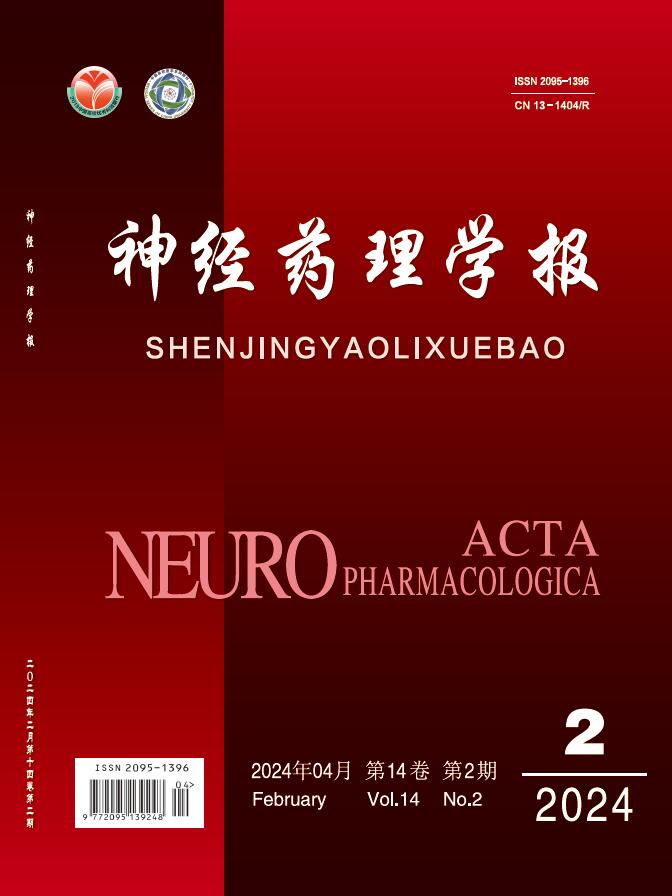Objective: Based on data mining, the compatibility and application
characteristics of formulas containing Nidus Vespae were discussed to provide references for
rational drug use in honeycombs. Methods: Collect the prescriptions of Nidus Vespae in the
Pharmacy Intelligence network database, construct Nidus Vespae prescription database, Microsoft
Office Excel 2019, IBM SPSS Modeler 18.0, and IBM SPSS Statistics 23.0 were used to analyze
the properties, flavors, Meridian Tropism, efficacy, and indications of Chinese herbal medicines.
Association rules and cluster analysis were also conducted for high-frequency Chinese herbal
medicines. Results: Among the 147 prescriptions that met the inclusion requirements, 353
Chinese herbs were used. Among the 1 597 cumulative uses, the most commonly used medicines
were anti-toxin, insecticides, antipruritic drugs, heat-clearing drugs and drugs for promoting blood
circulation and removing blood stasis, the medicine taste is more sweet, bitter and pungent, and
mainly belongs to liver, stomach, spleen and heart meridian. The support and confidence of the
29 Association rules of 21 high-frequency Chinese herbal medicines were “Nidus Vespae-snake
shed”,“ Nidus Vespae-angelica” and“ Nidus Vespae-pangolin”. the prescriptions of Nidus Vespae were mainly used to treat carbuncle, toothache, hemorrhoid, rheumatism and other diseases,
19 kinds of high-frequency Chinese herbs and 4 kinds of New Prescriptions were obtained by
analyzing the prescriptions of treating carbuncle. Conclusion: In this study, data mining was used to
analyze the compatibility characteristics and composition rules of formulas containing Nidus Vespae,
which can provide references for clinical application and new drug development of Nidus Vespae.

